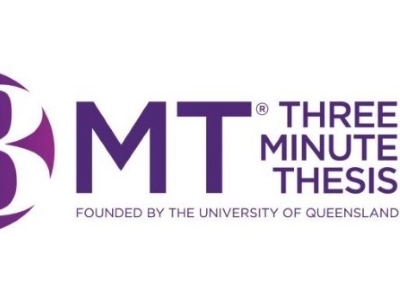By studying lava tubes on Earth, graduate students are hoping to find out more about life on Mars.
Lava tubes are natural formations caused by flowing lava when a volcano erupts. They can date back millennia (and longer) and cool into long networks of caves.
“Lava tubes are important,” explains grad alumnus, Andrew Hay, “because they are a natural structure which provides protection from the drastic heat changes and deadly radiation that planetary surfaces are subject to. Lava tubes protect a local environment where there may be traces of ancient or extant life (space microbes), sources of water and are prime sites for future human exploration.”
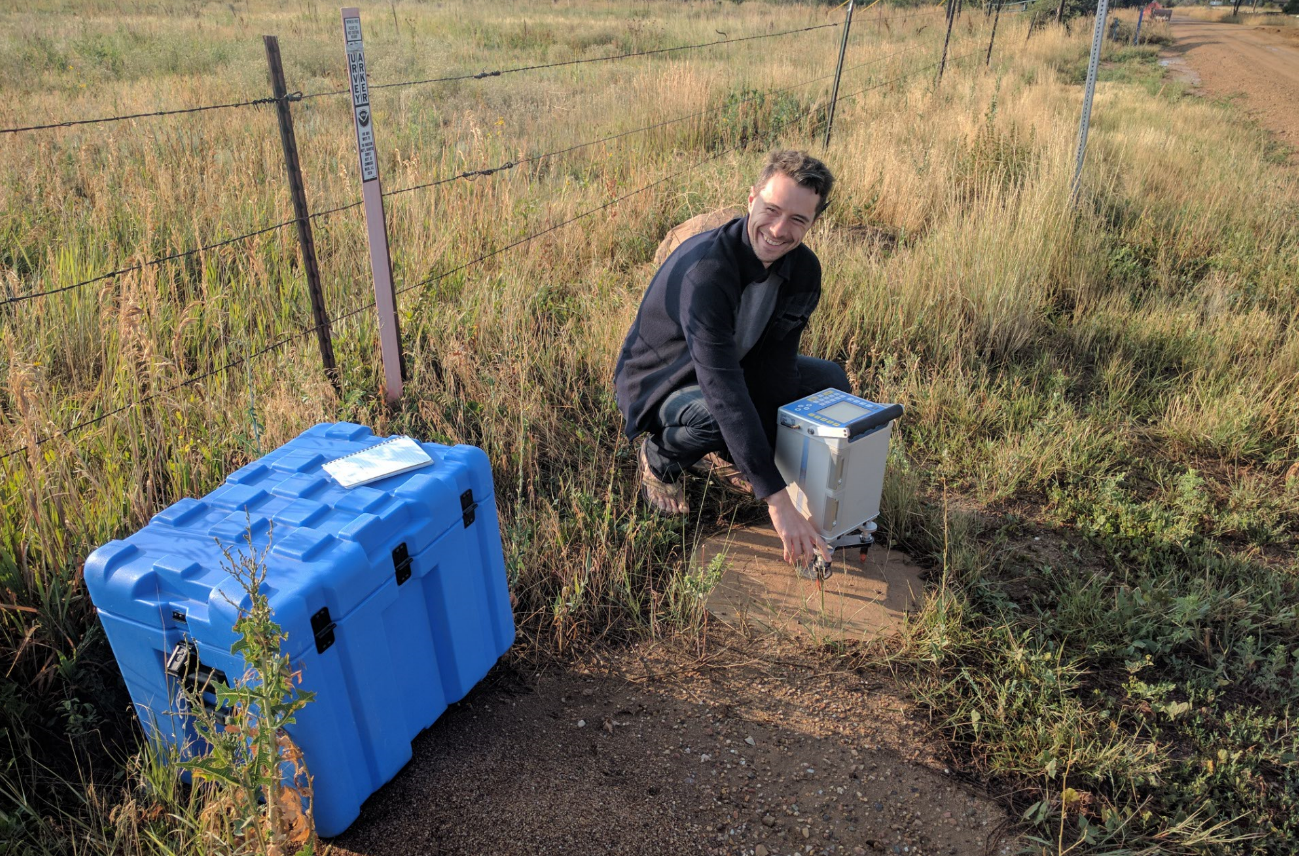
Hay acted as an assistant to Earth Sciences graduate student, Chris Brown, with Brown’s lava tube research at Craters of the Moon National Monument and Preserve outside of Pocatello, Idaho.
Hay says his experience was “pretty surreal”. “The surface of the volcanic rock was very abrasive, nearly black, and with a baking dry heat that feels like an oven – pretty inhospitable terrain. The first thing you notice while climbing down into a lava tube is the thermocline, which is like an invisible line where the temperature just cools right off. Most days we took a break from the sun and heat down in the lava tube while eating lunch and enjoying a view of the stalactites, curved tube walls, and flow textures of the lava tube floor.”
Brown’s research combines gravity and magnetic surveying. He explains that lava tubes present strong gravity and magnetic contrasts that they were able to effectively measure. “Implementing the two surveys gives us an extra level of confidence in our study. The magnetic data also showed us some interesting features about some lava flows that we weren’t expecting!”
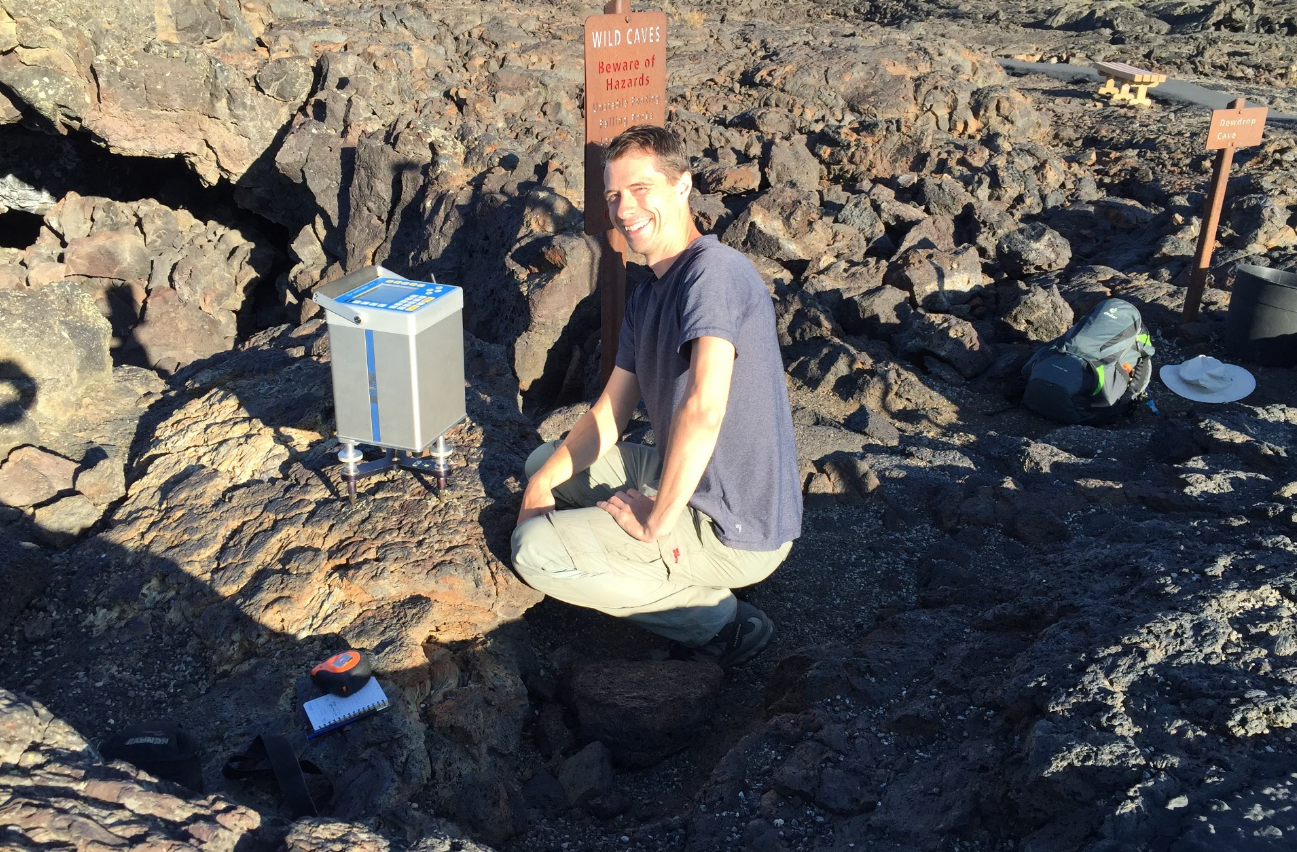
Brown also acted as a field assistant for another Earth Science master’s student Skyler Mallozzi who has been researching lava tubes in an area known as the Lava Beds National Monument (LBNM) in Northern California. There are more than 700 documented lava tubes in the LBNM, making it the highest concentration of lava tubes in North America.
Mallozzi shares that: “Research on lava tubes is incredibly important for astrobiology applications. Astrobiology in context of space exploration refers to the origin and evolution of extraterrestrial life, with Mars being one of the top targets for finding evidence of previous life. Research of lava tubes on Earth have shown that lava tubes maintain stable environmental conditions year-round, even in some less favourable environments. So it has been proposed that evidence of past life can be found in Martian lava tube systems.”
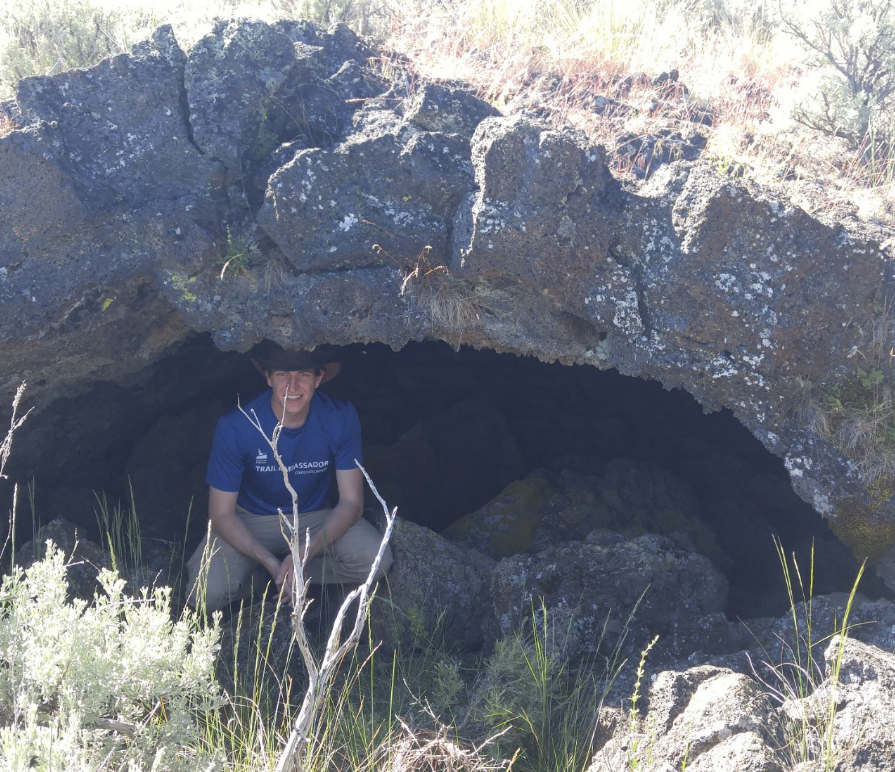
Mallozzi says that his research has allowed him to network with other people in his field.
“When Chris and I were in California, there were two other students working on their master’s degree from McGill University. Every night at dinner, we would talk about our area of expertise and our previous research. I was able to learn about other people’s research, and aspects of geology and biology that I never even considered thinking about during my undergraduate. Plus, the park ranger would occasionally come over to the research center we were staying at and tell us of his past experiences. It was fascinating hearing some of the stories he told us.”
Brown agreed that meeting and collaborating with other scientists that are passionate about their work has been the best part of his degree.
Their research is being funded by the Canadian Space Agency.
The students and alumnus all raved about their graduate supervisor, Claire Samson. “Claire is a machine, plain and simple,” says Mallozzi. “She is constantly presenting new research opportunities to both undergraduate and graduate students. I have no clue how she does it all, but I have huge respect for her as a person and a researcher.”
Says Hay: “Claire is fantastic. Throughout the course of my research, thesis, and publications she has provided a stream of knowledge, support, and steadfast optimism which helped see my master’s through to its successful conclusion. Five stars, hands down.”
Chris Brown added: “Claire has been fantastic. She’s full of great ideas and is very supportive”.
Samson will continue to supervise Brown and Mallozzi now that she has moved to a new position as the Dean of Research at Ecole de Technologie Superieure” in Montreal.
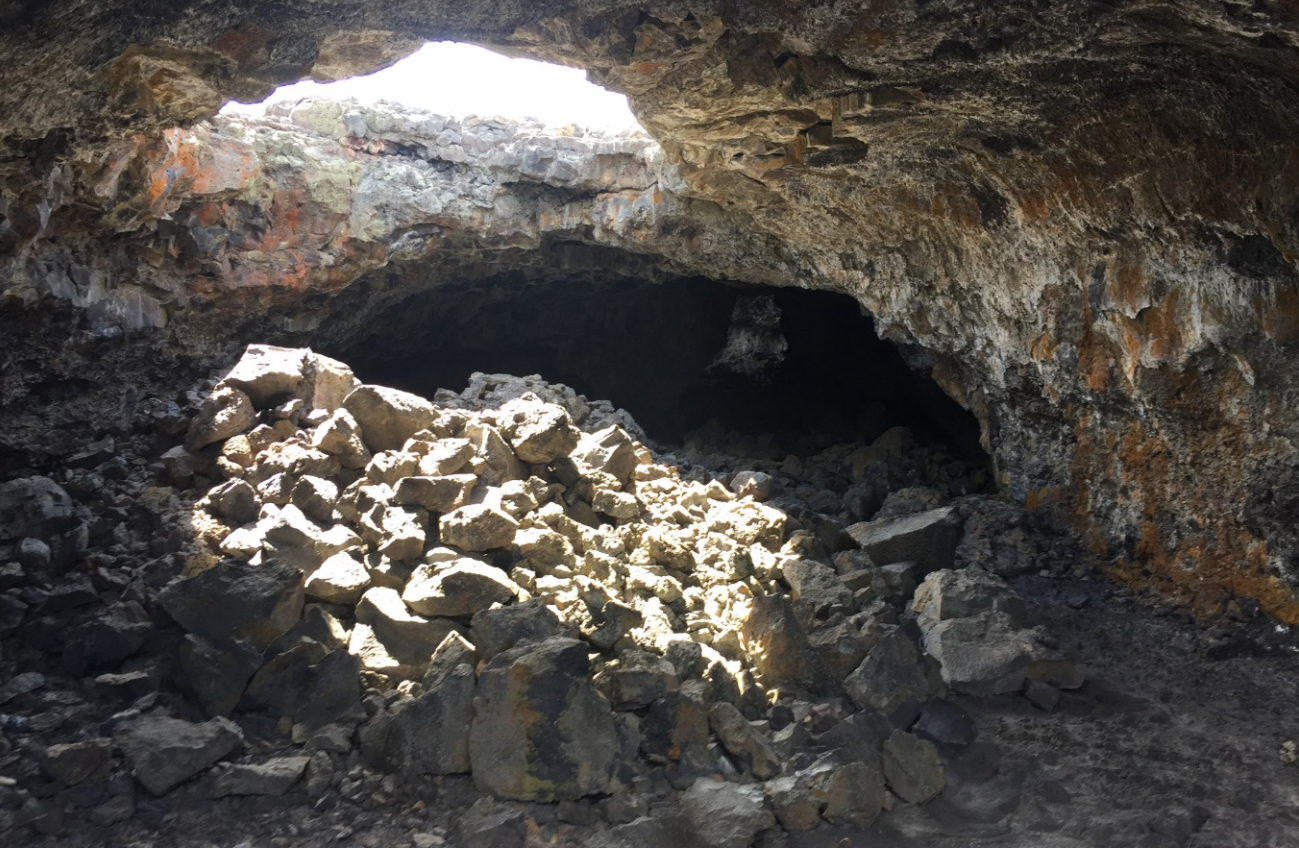
Friday, September 22, 2017 in Grad Student Research, News
Share: Twitter, Facebook
